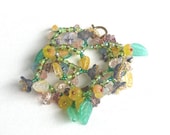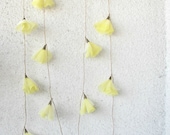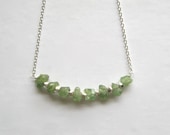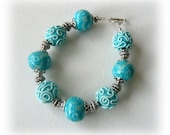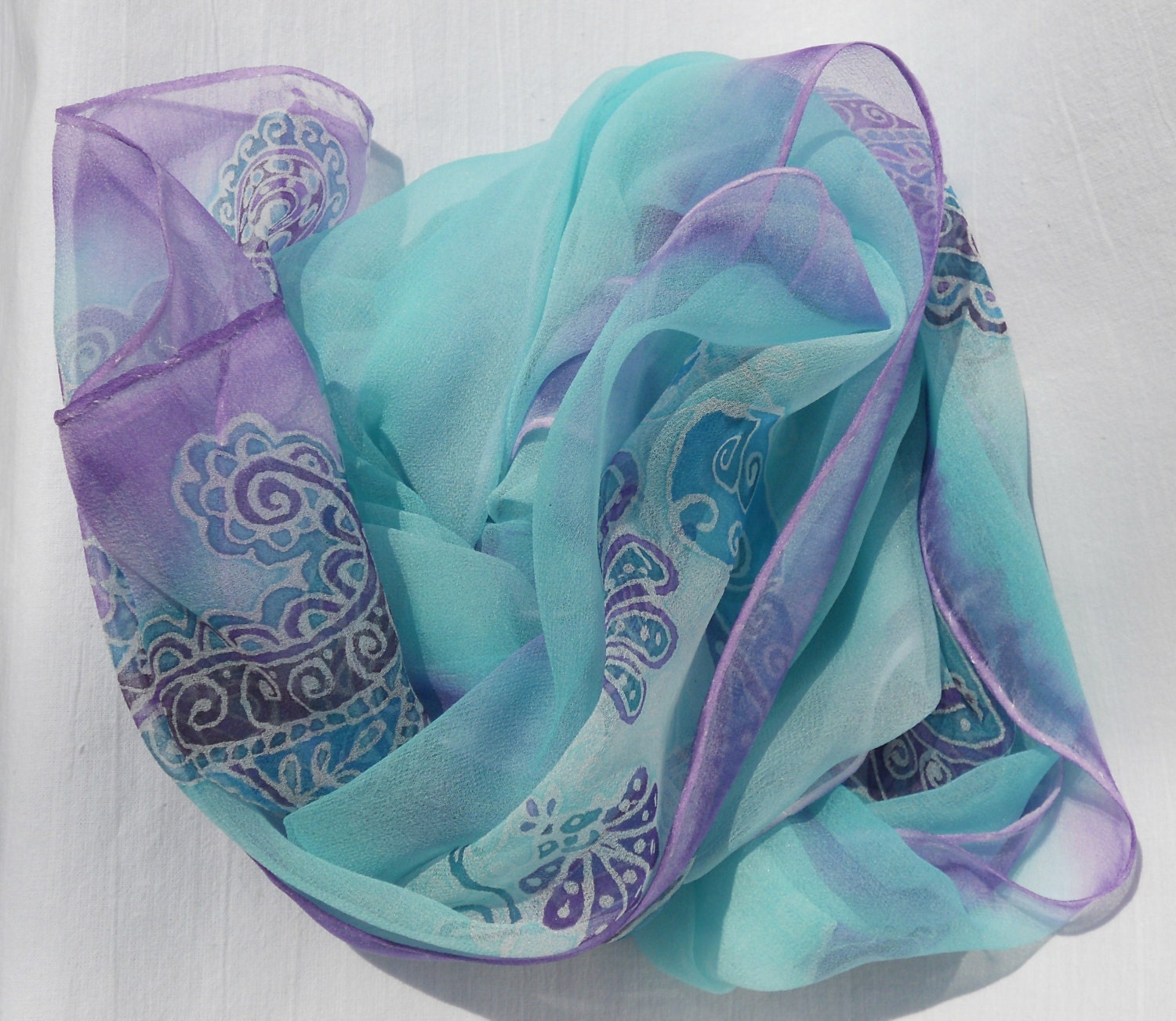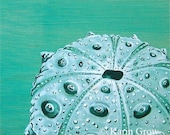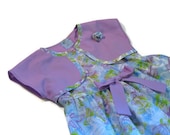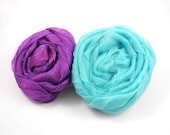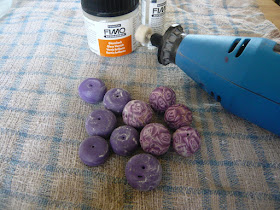When I first was introduced to image transfer my initial impression was that it would be 'so easy', however I was very quickly proved wrong and since my initial frustration at my first few attempts a few years back I have not ventured down that road again, until now...
 |
| Waterslide Image Transfers |
First time round I used the waterslide image transfer sheets by Lisa Pavelka as you also get blank sheets of paper to create you own image transfers, great when you only have an ink-jet printer.
 |
| Waterslide Image Transfer Technique |
So what went wrong well here on the orange pendant I have bubbling, possibly from too much direct heat (I am unsure of the method I used for transfer) the second is better but still rough, almost dry looking.
So here I go again...
I'll be using the Lisa Pavelka waterslide sheets for practice as I have plans for some charm bracelets and pendants which require some images printed using the printer and I want to practice the technique first.
I found a great You Tube Video by Lisa Pavelka, demostrating how to use her waterslide transfers here.
 |
| Waterslide Image Transfer Technique |
Both images have been applied to white clay which is best for maintaining the images true colour.
The lady has been created using the first technique of soaking the paper and slide and rubbing the transfer onto the clay (this is a pre printed transfer)
The beach hut is a transfer of my won printed using my printer onto Lisa 's paper also provided in the pack this had to be applied face down and rubbed well onto the clay before water application.
IMPORTANT NOTE Remember that when printing your own images, if they contain words to reverse the image to be printed or the wording will appear backwards (unlike me who totally forgot )
 |
| Waterslide Image Transfer Technique |
Here is another pre printed image, this time applied to gold clay as I am trying to achieve a more antique style to the image. This image was also applied using the first method of sliding the image onto the clay.
Before cooking I made sure to apply a thin layer of liquid polymer clay, Here are my finished cooked pieces.
 |
| Waterslide Image Transfer Technique |
The lady as you can see has wrinkled slightly and the beach hut has very little wrinkles at all, I believe this is because the beach hut was rubbed a lot firmer onto the clay than I rubbed the lady as can also be seen more obviously below
 |
| Waterslide Image Transfer Technique |
Want to see my Jubilee Collection using Image Transfer New Jubilee Collection

